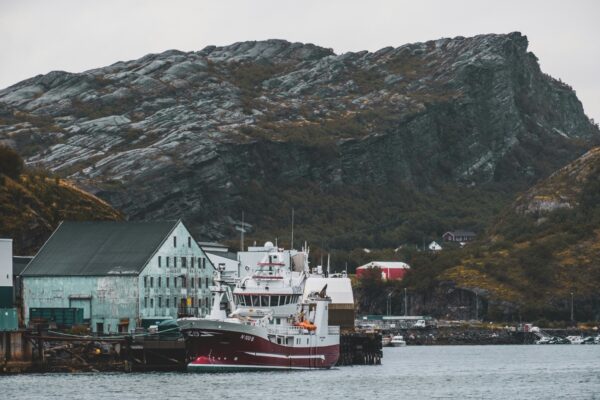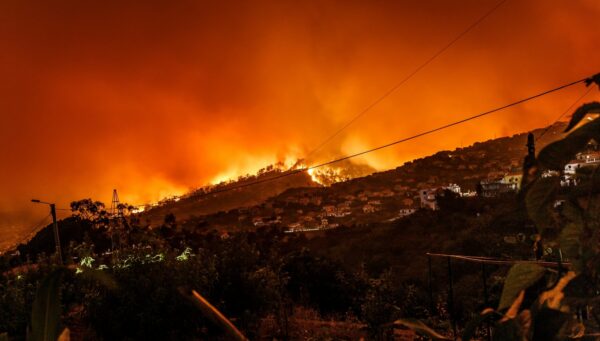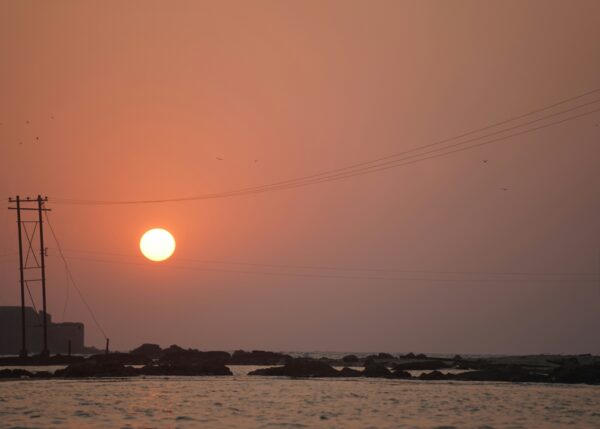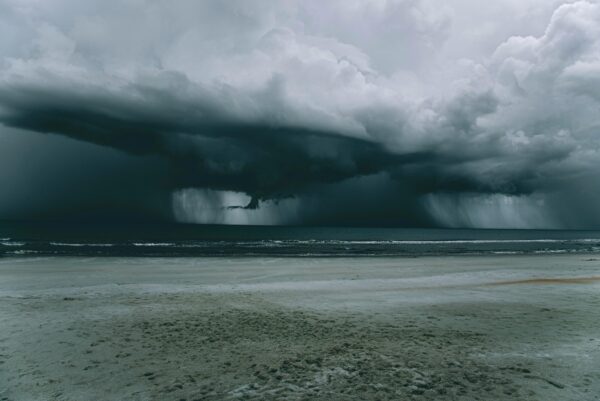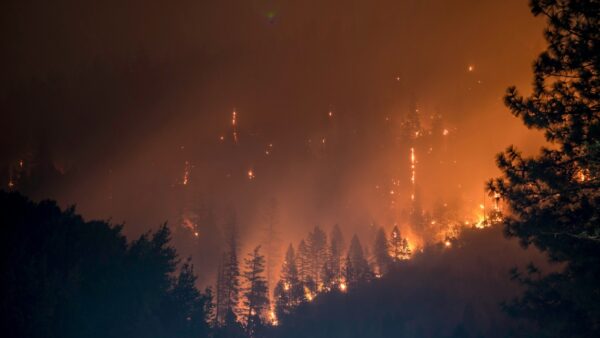Climate hotspots: key vulnerable regions, climate change and limits to warming
Authors
W. L. Hare, W. Cramer, M. Schaeffer, A. Battaglini , C. Jaeger

Defining and operationalising Article 2 of the UNFCCC remains a challenge. The question of what is dangerous climate change is not a purely scientific one, as danger necessarily has a subjective dimension and its definition requires judgment and precaution. The papers in this special issue of Regional Environmental Change attempt to navigate this problem, by offering an overview of the latest scientific findings in the context of risks and uncertainties, and assess some key vulnerabilities that might lead to dangerous climate change. This synthesis provides an overview of the papers in this issue and looks at four areas of possible dangerous climate change—adverse declines in regional food and water security, loss of arctic sea ice with projected extinction of species, large-scale sea-level rise and loss of coral reef systems.
These issues affect a number of different regions including Africa, South Asia, and Small Island Developing States. Significant risks to vulnerable regions and systems at warming levels of 1.5–2°C above pre-industrial are identified. The direct effects of CO2 concentration increases in terms of ocean acidification are identified as relevant to Article 2 because of the risks posed to coral reefs. Ultimate CO2 stabilization levels that allow for the long-term viability of coral reefs likely are below 350 ppm. The paper concludes by arguing that the emission reduction pledges made by countries under the Copenhagen Accord will not suffice to prevent dangerous climate change.

